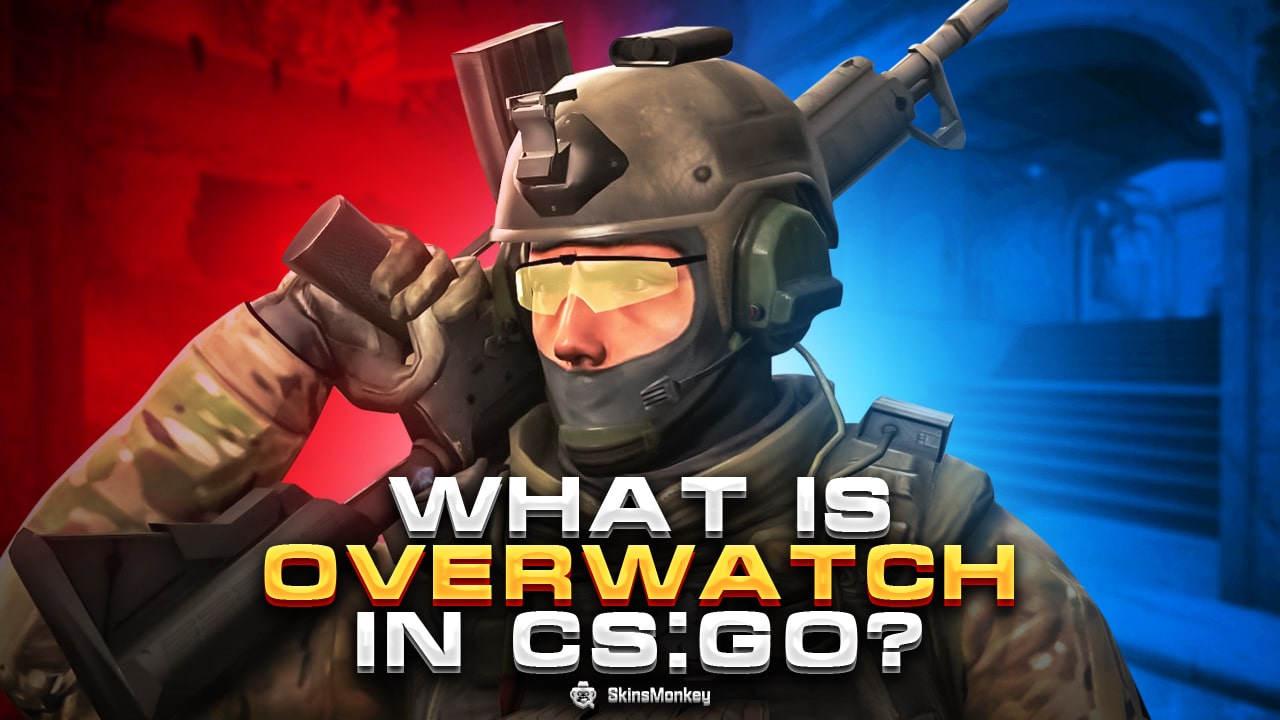The Hookup Dossier: Your Ultimate Guide to Modern Dating
Explore the ins and outs of dating, relationships, and modern romance.
Overwatch vs. CS2: The Battle for Competitive Supremacy
Discover the epic showdown between Overwatch and CS2! Uncover the secrets behind their competitive dominance and join the debate now!
Gameplay Mechanics: How Overwatch and CS2 Differ in Competitive Play
Gameplay mechanics in competitive gaming can significantly influence player experience and performance. In Overwatch, team composition and character abilities play a pivotal role in determining the flow of the game. Each hero comes with unique strengths and weaknesses, allowing for dynamic team strategies that can change mid-game. For instance, the synergy between characters like Reinhardt and Zarya demonstrates how a well-coordinated team can capitalize on shield management and damage output. This focus on hero-based gameplay means that successful teams must adapt their strategies based on their heroes and those of their opponents, which adds a layer of complexity to competitive play.
In contrast, CS2 emphasizes tactical gameplay grounded in gun mechanics and map control. The game relies on a more structured approach, where teamwork and individual skill with weapon handling often dictate the outcome of matches. Players must communicate effectively to manage economy and positioning, as purchasing weapons and utility at the right time can turn the tide of a match. Unlike Overwatch’s hero-based gameplay, CS2’s mechanics focus on map knowledge and aim proficiency, making competitive play a test of strategy and precision. This fundamental difference highlights how each game's competitive play attracts different player types and strategies.

Counter-Strike is a highly popular first-person shooter game that has captivated millions of players around the world. The game's competitive nature, strategic gameplay, and team dynamics make it a favorite in the esports community. For players looking to customize their experience, you can learn how to change viewmodel cs2, enhancing your gameplay visuals and comfort.
The Rise of Overwatch and CS2: What Sets Them Apart in the eSports Arena
The competitive landscape of eSports has seen a dramatic shift with the rise of Overwatch and CS2, two games that have carved unique niches within the community. While both games focus on team play and strategy, their gameplay mechanics, visual styles, and audience appeal are quite different. Overwatch combines hero-based gameplay with vibrant graphics and a diverse cast of characters, enabling players to choose from various roles and abilities. This dynamic creates an ever-changing meta and a platform for frequent updates and seasonal events. In contrast, CS2 continues the legacy of its predecessor with a focus on tactical shooting and map control. Its realistic environments and emphasis on skill and teamwork engage a different segment of players who thrive on precision and strategy.
What truly sets Overwatch apart is its commitment to inclusivity and character-driven storytelling, which appeals to a broader audience beyond traditional gamers. The game has built a rich lore and community-driven content that fosters engagement among fans through art, cosplay, and fan theories. Meanwhile, CS2's appeal lies in its competitive integrity and the thrill of high-stakes gameplay; it’s beloved for its straightforward yet deep mechanics that keep players returning for intense matches. As both games continue to evolve, they not only highlight the diversity in gaming preferences but also symbolize the growing eSports ecosystem where varied experiences can coexist and thrive.
Can Overwatch Maintain Its Competitive Edge Against CS2?
As the competitive gaming landscape continues to evolve, Overwatch finds itself at a critical juncture with the recent release of CS2. Both games offer unique experiences, but can Overwatch maintain its competitive edge against a game that has built a legacy of tactical gameplay and esports dominance? The success of Overwatch relies heavily on its innovative gameplay mechanics and robust character roster. With regular updates and a dedicated community, the game has consistently demonstrated its ability to adapt and thrive in the face of competition. However, CS2's return to its roots with enhanced graphics and refined mechanics poses a significant challenge.
To keep its grip on the esports scene, Overwatch must continue to innovate while bolstering its competitive features. Regular map updates, introduction of new heroes, and community engagement are vital to keeping the momentum. Moreover, Blizzard must promote its competitive scene effectively through tournaments and partnerships, attracting both players and viewers alike. While CS2 boasts a strong tactical foundation that appeals to traditional FPS fans, Overwatch's emphasis on teamwork and diverse character dynamics offers a refreshing choice for gamers seeking a different kind of challenge. As the competition increases, the question remains: will Overwatch rise to the occasion?